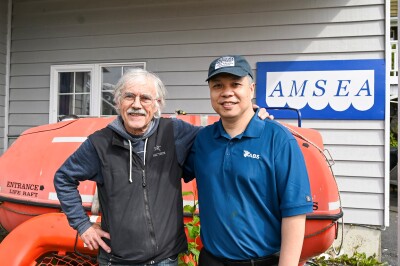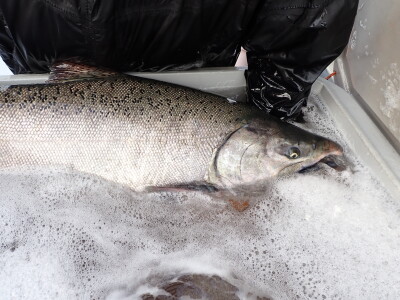On January 10, the Southern Shrimp Alliance (SSA) sent out a press release about its efforts to bring the plight of U.S. shrimp processors to the attention of consumers.
The Alliance is demanding answers to the vexing question of why U.S. processors are being inspected more often and to a greater extent than the foreign processors who supply 94 percent of the U.S. seafood market.
"More inspections targeting seafood are conducted annually (1,545) than there are inspections conducted of foreign facilities (917),” says the lengthy press release. “Thus, even if all of the foreign facilities inspected each year were seafood plants, forty percent of the FDA’s annual inspections of seafood producers (628) would be of U.S. companies responsible for producing just six percent of the seafood consumed by Americans each year.”
Citing the U.S. Government Accountability Office (GAO) in a report to Congress publicly released on Wednesday, Food Safety: FDA Should Strengthen Inspection Efforts to Protect the U.S. Food Supply, GAO-25-107571 (Jan. 8, 2025), the SSA release goes on to explain that while one out of every six FDA inspections is of a seafood processor, two of every five are inspections of domestic processors. The math leads to the lopsided conclusion that 40 percent of inspections are on processors of 6 percent of the seafood Americans eat.
The Food Safety Modernization Act requires the FDA to conduct 19,200 inspections of foreign food facilities per year, but the cost of foreign inspections is $38,700—compared to $28,600 for domestic inspections. The FDA estimates it can only conduct 1008 foreign inspections a year, well below the number needed to ensure consumer safety.
While domestic processors are subject to unannounced inspections,the FDA gives foreign processors advance warning of an inspection. “But the foreign processors sometime refuse to let inspectors in,” says SSA spokesperson Deborah Long. “And what happens when they inspect imports at a port of entry and reject it, is that it gets repackaged and reenters at another port. The chances of it being inspected again are so small that it’s worth the risk. Europe won’t allow contaminated shrimp in, they have 100 percent inspections at ports of entry—we have less than 1 percent.”
The industry has a long way to go to fix the skewed inspection numbers that give foreign processors a pass and hold US processors to higher standards. “The U.S. shrimp industry is grateful to the GAO for its continued efforts to draw attention to the FDA’s very different approaches to American and foreign seafood producers selling to U.S. consumers,” says John Williams, the executive director of the Southern Shrimp Alliance. “By primarily focusing on domestic producers while giving a pass to their foreign competitors, the FDA has played an instrumental role in the development of a market where 94 percent of our seafood comes from overseas despite having massive marine resources at our fingertips.”







